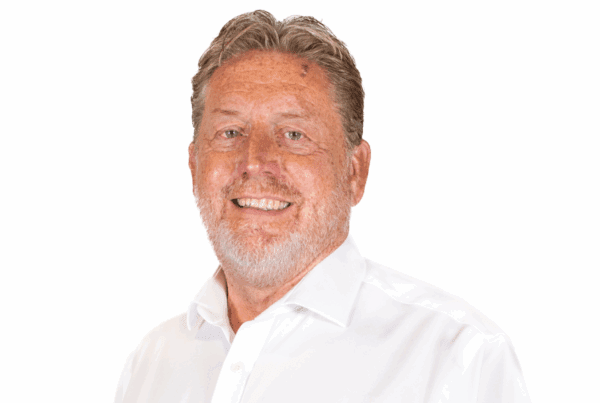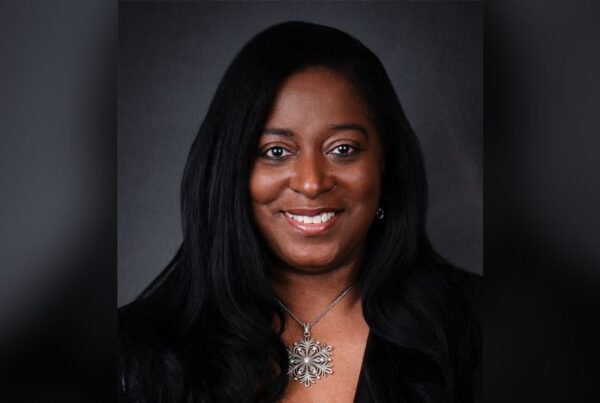
Read more: Why we have a duty to win the war for talent in the insurance sector
Having previously worked in insurance himself, he recognises the challenges that exist around coming up with new ideas for insurance products and services. In fact, he said, insurance was picked for the inaugural report because of, not despite, its challenging nature.
“We thought insurance was a good way of showing how hard we can actually set the challenges for teenagers,” he said. “Because, out of all the industries out there, insurance is probably one of the hardest to understand if you have to just jump into it from a standing start. The fact that [the cohort] actually came out with risk-bearing products was amazing and the way they identified the really hairy issues that are transformation issues for insurance was super fascinating.”
The reason why the programme engaged with teenagers is that they are at peak creativity, Pickford-Wardle said. But additionally, they represent the future customer and they’re closer to the future customer. The conclusion by Pickford-Wardle and his co-founders that teenagers would prove a font of creativity quickly showed itself to be an accurate one, with hundreds of ideas generated that showcased how quickly young people can identify, understand, and problem-solve even the most complex of concepts.
Offering examples of the ideas generated, he highlighted a product called ‘Meta-Protect’ on the new risks side of the opportunity which offers protection for properties and items purchased in the metaverse. On the ‘new claims’ side, an edugame entitled ‘The Flipside’ posited a video game where players can play as a claims handler and interactively learn more about the insurance proposition. Finally, on the new distribution side, a product called ‘Devinsure’ suggested an app that would remove the need for you to research the best insurance quotes yourself.
These are just three of the ideas generated through the programme, he said, and serve as a spotlight on the innovation and entrepreneurial spirit of young people. But the real power of the programme is not just its product creation potential but also the introduction it offers young talent to the insurance marketplace.
“What happens is, they come in for the money and then they get opened up to the opportunity presented to get involved in something interesting,” he said. “And insurance is fundamentally interesting, it is representative of the world around us. It carries all the risks of the world around us and is an opportunity for you to explore whatever you’re interested in. And the big thing is, they realise that their own ideas are valuable. And that’s what they get super hooked on to because that value piece increases their confidence.”
To track how attitudes changed toward insurance, Startup Sherpas did a pre-and post-programme survey gauging interest in an insurance career. The answer was a resolute and blunt ‘no’ across the board, Pickford-Wardle said, but by the end of the syllabus, there was a 267% increase in interest in an insurance career. This can serve as a mechanism to change the dialogue around talent attraction and retention into insurance and to scale up the results seen among the 100-strong sample size offered by the programme.
Read more: Bridging the insurance talent gap – Marsh ‘Rising Star’ on routes into insurance
While it might be assumed that a report of this nature, with its emphasis on the insurance customer of the future, might cater exclusively towards personal lines insurance, he said, it has been crafted in such a way to appeal to businesses of every size and sector across the insurance ecosystem. That’s because the team’s ambition for the report is to communicate that talent and the future of insurance are vital considerations for any and every insurance business.
“We want to tap into the responsibility of insurance to support the report and the work that we’re doing to get teenagers to recognise insurance as an industry to work in and start that conversation,” he said. “This report should spark opportunities for insurance businesses to start what is a five-year transformation process.
“Because this is not an overnight project and while Generation Alpha seems far away now, if you start these transformation projects now and have blueprints created that the industry can use to design what the future of insurance will look like then in five years you’re in a good place.”
In terms of what Startup Sherpas hopes the industry will take from the report, it comes down to three key ambitions. Firstly, he said, he would like insurance businesses to buy the report and discover what’s useful to them within it. Secondly, he hopes they will go one step further and identify the opportunities highlighted by the initiative and take a deeper dive into some of the avenues opened up by the programme.
Thirdly, he highlighted the opportunity for insurers to get involved on an industry-wide level, rolling out a broader programme aimed at helping insurance reflect the world it operates in and to design solutions that will equip the next generation of talent to meet the trials that the market will face. This is a chance for insurers to get to grips with the UN ESG expectations and to start exploring more innovative solutions to the underwriting challenges of the future.
Pickford-Wardle noted that he understands implicitly how easy it is to talk about the solutions of the future, and how hard it can be to truly put them into practice.
“What you need is incredibly well-trained people who are all speaking the same language and actually structurally understand how to make a global level change,” he said. “And that requires innovation to move away from just brightly coloured post-it notes in the corner to become a discipline – that’s what is required to make the future we want rather than the future we want to avoid.”




